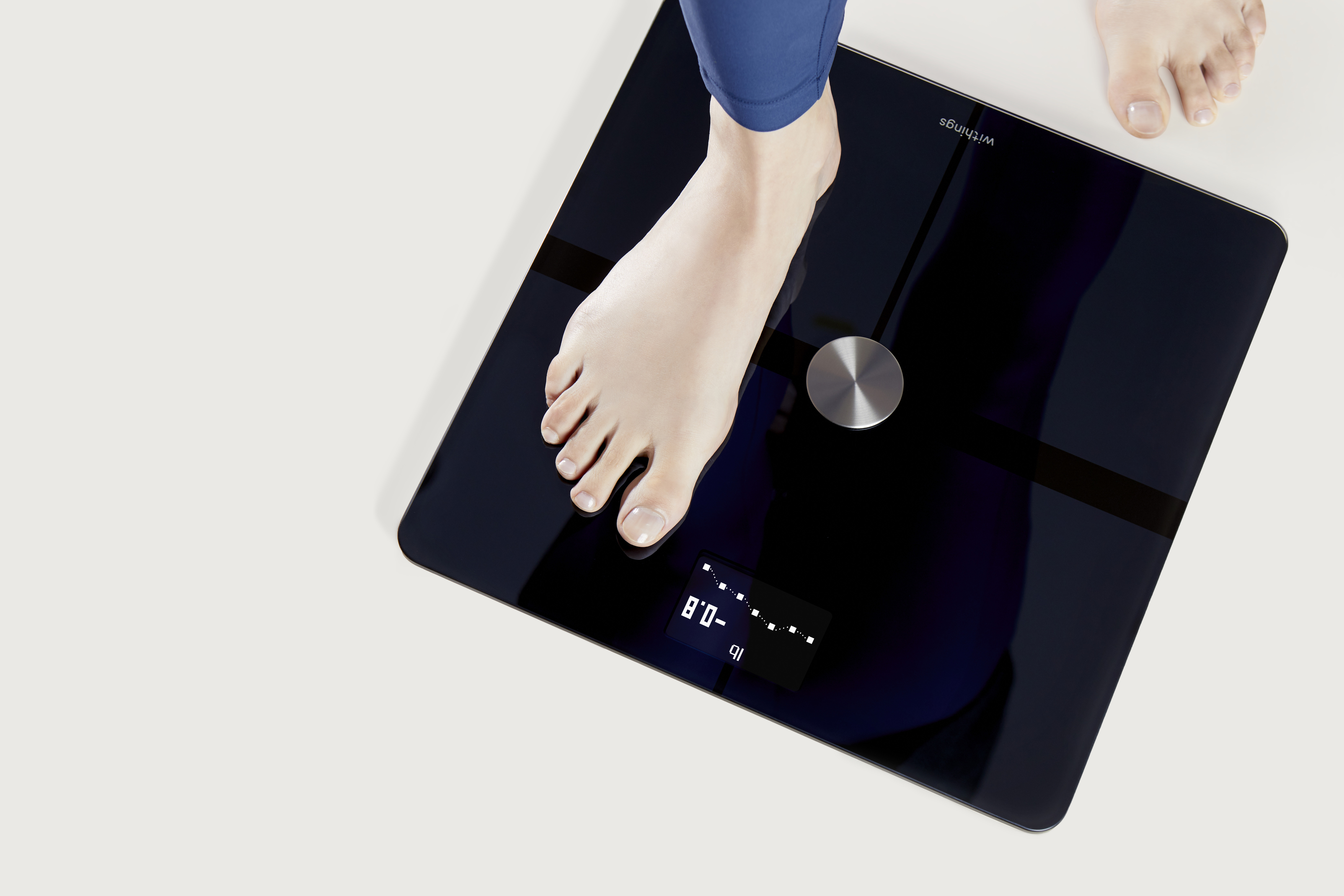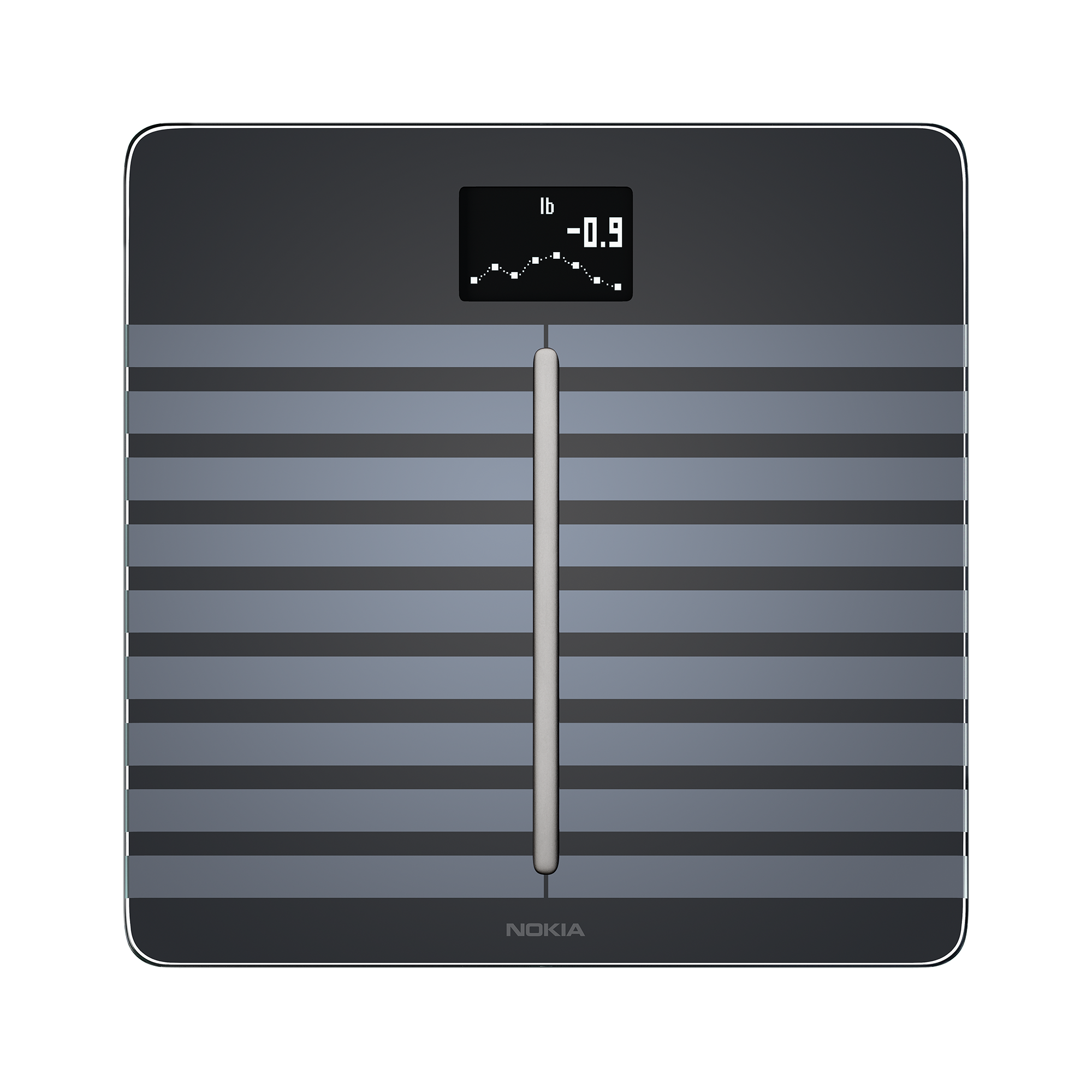
Weighing scales have become very high-tech devices. From bathroom scales with Wi-Fi connections to ultra-precise devices used in research or industry, modern scales are able to provide very accurate measures almost instantly. This has not always been the case, however, and today we take a look at the different systems that emerged over the millennia.
Weighing scales are born of necessity. As trading developed during the Antiquity, merchants needed a way to assess the value of goods that could not simply be counted by the pieces, like irregular-shaped gold nuggets, for instance. The most ancient relics of a weighing scale have been discovered in the Indus River valley, near present-day Pakistan, and date back to around 2,000 B.C. Those first weighing scales were actually balances, using two plates attached to an overhead beam, itself fixed on a central pole. The measurement was taken by putting the object measured on one plate and weight-setting stones on the other, until equilibrium was reached.

This system can be very accurate, but it can also be easily cheated. Perhaps the most famous example of a rigged balance was the one used by Celt chieftain Brennus around 390 B.C. when he captured Rome and demanded a ransom of 1,000 pounds of gold. When the Romans complained about Brennus using fixed weights, Brennus famously threw his own sword on top of the weights and proclaimed “Woe to the vanquished!”

The weighing scale didn’t know any major technological improvements until the industrial era. It is only starting in the late 18th century that new ways to measure mass appeared that didn’t rely on counter-weights. The spring scale was invented by Richard Salter, a British balance maker around 1770. The spring scale, as the name implies, measures the pressure (or the tension) exerted on a spring to deduce the weight of an object. Spring scales are still fairly common today because they are very cheap to make, but they are not quite as accurate as the electronic systems designed and perfected during the 20th century.

The most modern body scales rely on electronics to measure the weight of their users. By sticking electrical resistances on deformable materials and running a current through them, it is possible to detect variations in the conductivity of the resistances that are correlated to the amount of pressure exerted on the material, and thus to deduce the weight of the person (or the object) standing on the scale. The most high-end body scales also act as impedance meters, and are able to calculate the ratio of fat mass and lean mass in the body. The impedance measurement is taken by generating a very small electrical current on the surface of the scale and measuring the resistance encountered by the current as it travels through the body. Lean mass is a better conductor than fat mass, so it is therefore possible to deduce the ratio of both in the body.

Therefore, Withings scales are the end result of millennia of research and improvement. What do you think science will come up with next to improve weight measurement even more?



